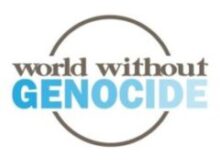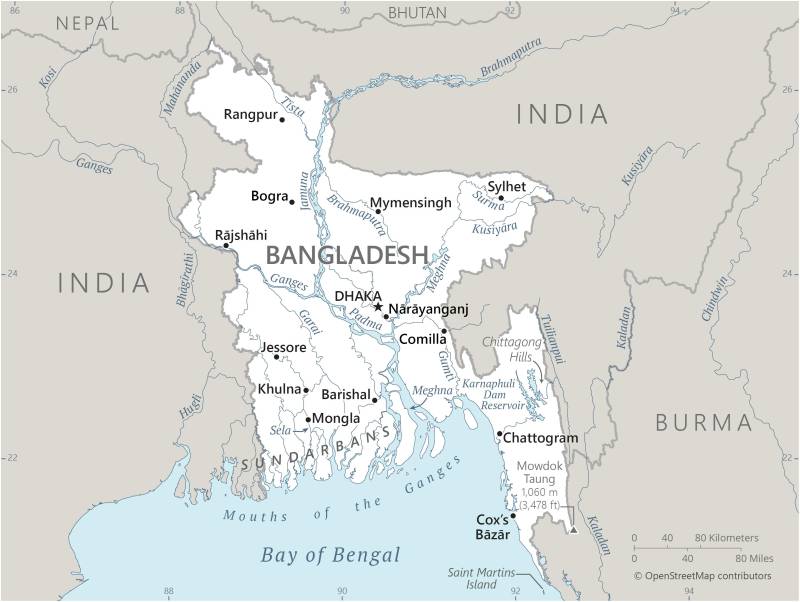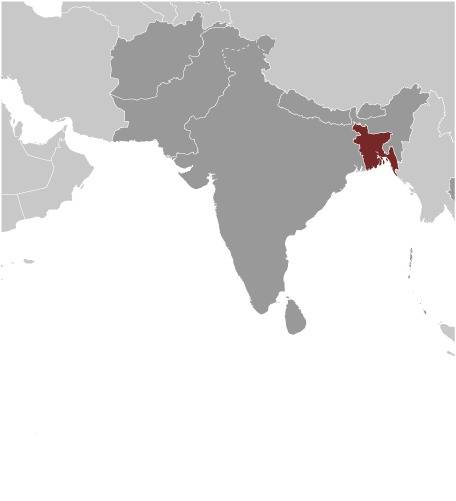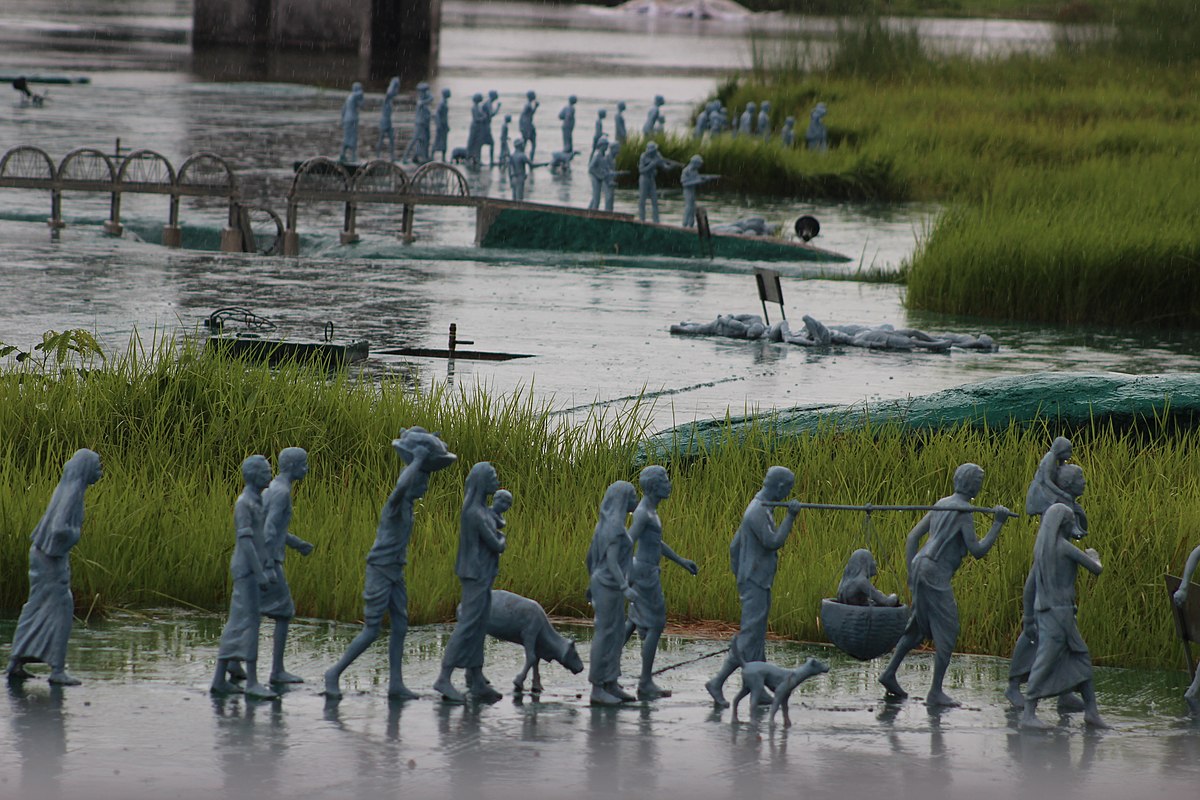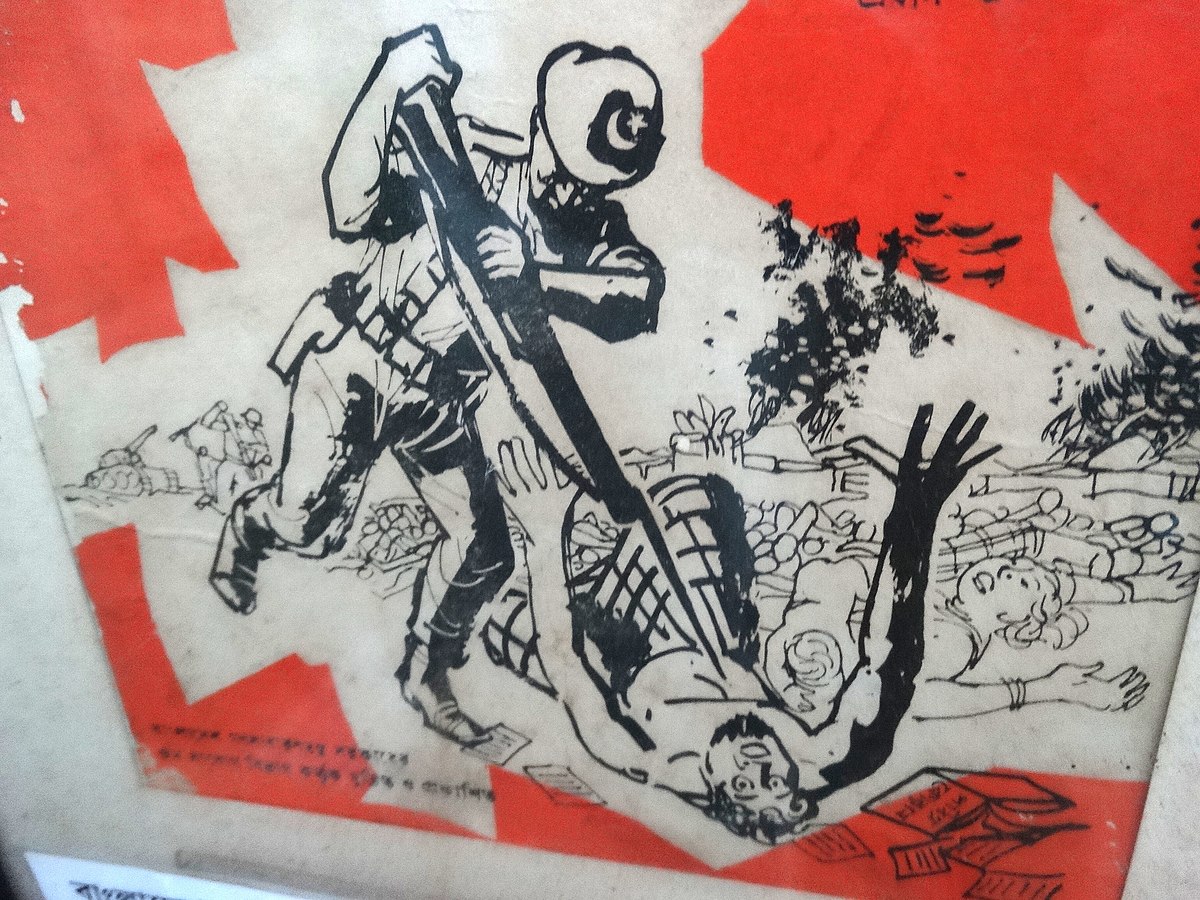Bangladesh
What
In 1971, the government of West Pakistan launched a devastating nine-month campaign of mass murder, rape, and other atrocities against the Bengali residents of East Pakistan. Today, the death toll remains highly politicized. Estimates range from 200,000 to 3 million. Around 10 million Bengali refugees fled to India and another 30 million were internally displaced. Atrocities were directed by the government in West Pakistan, led by right-wing military dictator General Yahya Khan. The army carried out much of the violence, with assistance from political parties and collaborators in East Pakistan.
Where
The violence took place in present-day Bangladesh, in southeast Asia. Seeds of violence were planted when India was partitioned in 1947 into two separate countries, creating Pakistan as a Muslim-majority state. Pakistan included two distinct territories, which were separated by a thousand miles of India’s territory. The Western and Eastern portions of Pakistan had distinct linguistic and ethnic identities.
While the Eastern portion –inhabited primarily by Bengali Muslims—was more heavily populated, the ruling elite was concentrated in Western Pakistan. The West Pakistani government enacted policies of cultural, economic, and political subordination against their Bengali citizens in the east. For example, the government attempted to make Urdu the only official national language, despite it being spoken by only 7% of the population. Bengali nationalism emerged in response to the repressive measures and placed pressured on the ruling Yahya Khan regime.
In 1970, General Yahya allowed Pakistan’s first free democratic elections. They resulted in a sweeping victory for the Awami League, a Bengali nationalist party led by Sheikh Mujibur Rahman. When Yahya refused to accept the election results, the Awami League and many Bengali civilians launched an unprecedented wave of strikes and riots to demand national independence.
Initially, the Yahya regime engaged in political negotiations with Bengali nationalists. While doing so, the government flew thousands of armed troops into East Pakistan and consolidated military plans for mass violence.
How
On March 25, 1971, the Yahya regime broke off negotiations, arrested Sheikh Mujibur Rahman, and launched massive attacks against Bangladesh’s capital city, Dhaka. Two days of uninterrupted massacres and property destruction ensued. In one horrific episode of violence, 17 professors and around 200 students were murdered on the Dhaka University campus. Attacks occurred in other cities including Chittagong, Comilla, and Khulna.
The West Pakistani government expected their brutal attacks to force a quick surrender and submission from the Bengali independence movement. Instead, the attacks inflamed nationalist sentiment among much of the population. Bengali liberation fighters were vastly outnumbered and under-armed, but they mounted an effective resistance using guerrilla warfare.
During the war of independence, violence was committed by all parties. However, scholars have documented the systematic nature of the genocide against Bengali people. Pakistan’s elite expressed superiority and disgust towards Bengalis. Military commanders intended to crush Bengali spirit and identity. The Pakistani army compiled lists of targets, focusing on intellectuals and nationalist leaders.
Rape was a primary weapon of genocide. Nearly 250,000 women and girls were raped, many of whom were abducted and raped repeatedly in army-run rape camps. In retaliation against guerilla liberation fighters, the Pakistani army also engaged in search and destroy missions. They looted and burned numerous population centers housing guerrilla resistors.
Response
International reactions to the genocide were mixed. In many countries, there was an outpouring of popular sympathy for the Bangladeshi cause. However, in the US, the Nixon administration provided weapons support for Yahya’s right-wing military dictatorship, a perceived Cold War ally. India and the USSR sympathized with the Bangladeshi cause. Archer Blood, a U.S. diplomat, implored his government to change its stance. He criticized Nixon’s failure to “denounce the suppression of democracy” and claimed that “Our government has evidenced what many will consider moral bankruptcy.”
The violence ended abruptly in December 1971. West Pakistan declared war on India in early December, and by December 16, India had forced Pakistan to surrender. Occupying Pakistani forces withdrew, and present-day Bangladesh was consolidated as an independent state.
Today, the genocide remains understudied and little-known outside of the immediate region. In 2008, Bangladesh set up an International Crimes Tribunal with offers of assistance from the United Nations and the European Union. This domestic court sought to investigate and prosecute suspects involved in the genocide. However, half a century after the atrocities, impunity remains widespread, and few perpetrators have been brought to justice.
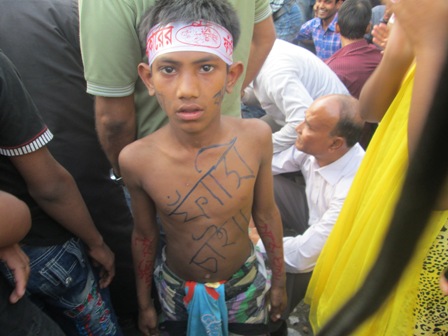
A young protester demanding capital punishment for perpetration of war crimes; photo attribution: Khan Imran Minhaz
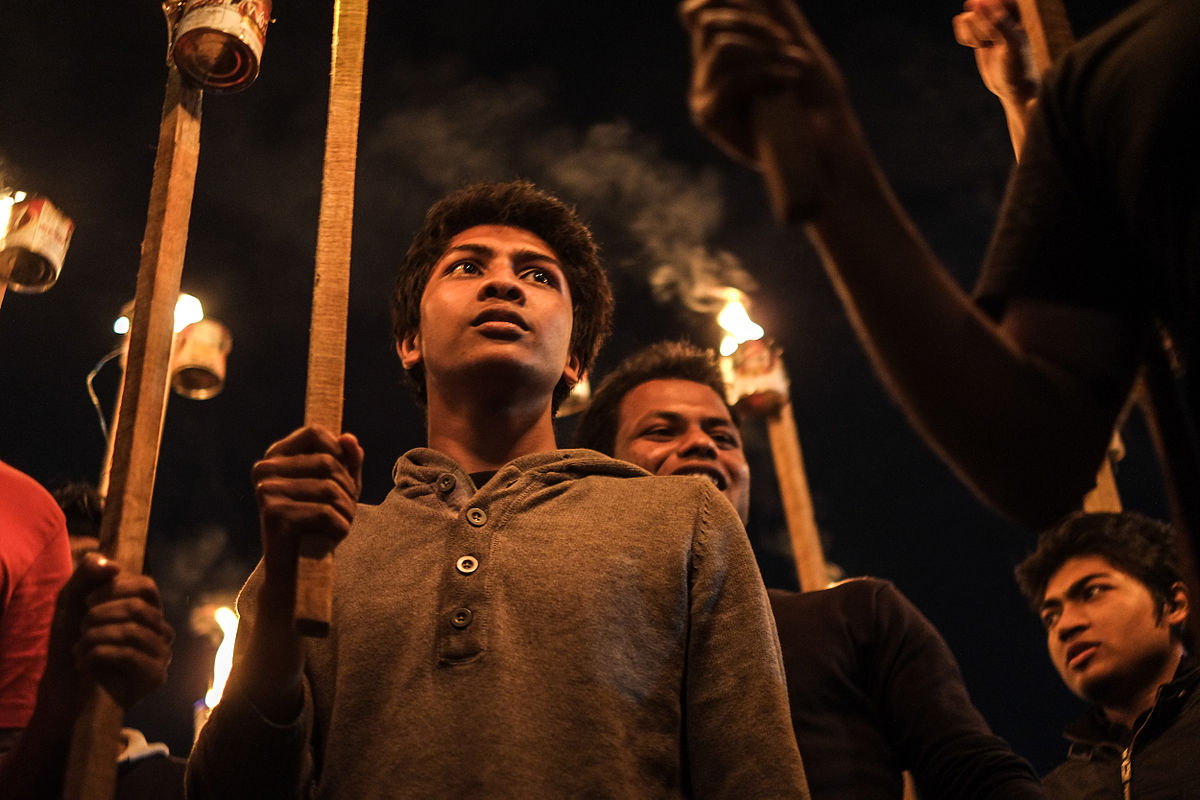
2013 protest in Shahbag, Bangladesh demanding death penalty for war criminals tried at the ICT; Photo attribution: Mehdi Hasan Khan
While the death penalty has been abolished throughout Europe and by the UN for international crimes, the death penalty is legal in Bangladesh.
Written by Amalie Wilkinson, 2022.
References
“The Genocide the U.S. Can’t Remember, But Bangladesh Can’t Forget” https://www.smithsonianmag.com/history/genocide-us-cant-remember-bangladesh-cant-forget-180961490/
“Looking Away from Genocide” https://www.newyorker.com/news/news-desk/looking-away-from-genocide
Totten, S., Parsons, W. S., & Charny, I. W. Century of Genocide: Critical Essays and Eyewitness Accounts. Routledge, 2004.
Beachler, D. “The politics of genocide scholarship: the case of Bangladesh.” Patterns of Prejudice, 2007.
“Bangladesh, 1971” https://hmh.org/education/bangladesh-1971/
“Bangladesh International Crimes Tribunal sentences eight for Liberation War atrocities while acquitting one” https://www.jurist.org/news/2021/02/bangladesh-war-crimes-tribunal-sentences-eight-for-liberation-war-crimes-acquits-one/
“The World Factbook” https://www.cia.gov/the-world-factbook/
